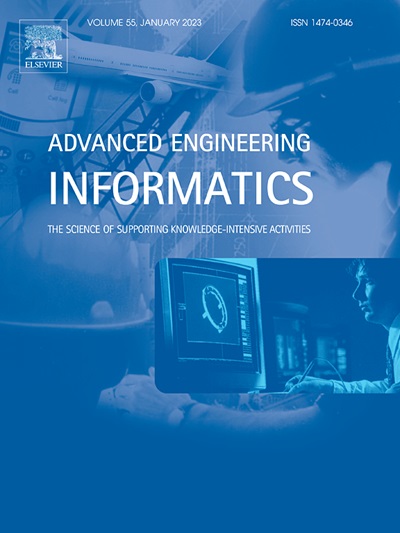Robust correlation measures for informative frequency band selection in heavy-tailed signals
IF 8
1区 工程技术
Q1 COMPUTER SCIENCE, ARTIFICIAL INTELLIGENCE
引用次数: 0
Abstract
Vibration signals are commonly used to detect local damage in rotating machinery. However, raw signals are often noisy, particularly in crusher machines, where the technological process (falling pieces of rock) generates random impulses that complicate detection. To address this, signal pre-filtering (extracting the informative frequency band from noise-affected signals) is necessary. This paper proposes an algorithm for processing vibration signals from a bearing used in an ore crusher. Selecting informative frequency bands (IFBs) in the presence of impulsive noise is notably challenging. The approach employs correlation maps to detect cyclic behavior within specific frequency bands in the time–frequency domain (spectrogram), enabling the identification of IFBs. Robust correlation measures and median filtering are applied to enhance the correlation maps and improve the final IFB selection. Signal segmentation and the use of averaged results for IFB selection are also highlighted. The proposed trimmed and quadrant correlations are compared with the Pearson and Kendall correlations using simulated signal, real vibration signal from crusher in mining industry and acoustic signal measured on the test rig. Furthermore, the results of real vibration analyses are compared with established IFB selectors, including the spectral kurtosis, the alpha selector and the conditional variance-based selector.
求助全文
约1分钟内获得全文
求助全文
来源期刊

Advanced Engineering Informatics
工程技术-工程:综合
CiteScore
12.40
自引率
18.20%
发文量
292
审稿时长
45 days
期刊介绍:
Advanced Engineering Informatics is an international Journal that solicits research papers with an emphasis on 'knowledge' and 'engineering applications'. The Journal seeks original papers that report progress in applying methods of engineering informatics. These papers should have engineering relevance and help provide a scientific base for more reliable, spontaneous, and creative engineering decision-making. Additionally, papers should demonstrate the science of supporting knowledge-intensive engineering tasks and validate the generality, power, and scalability of new methods through rigorous evaluation, preferably both qualitatively and quantitatively. Abstracting and indexing for Advanced Engineering Informatics include Science Citation Index Expanded, Scopus and INSPEC.
 求助内容:
求助内容: 应助结果提醒方式:
应助结果提醒方式:


